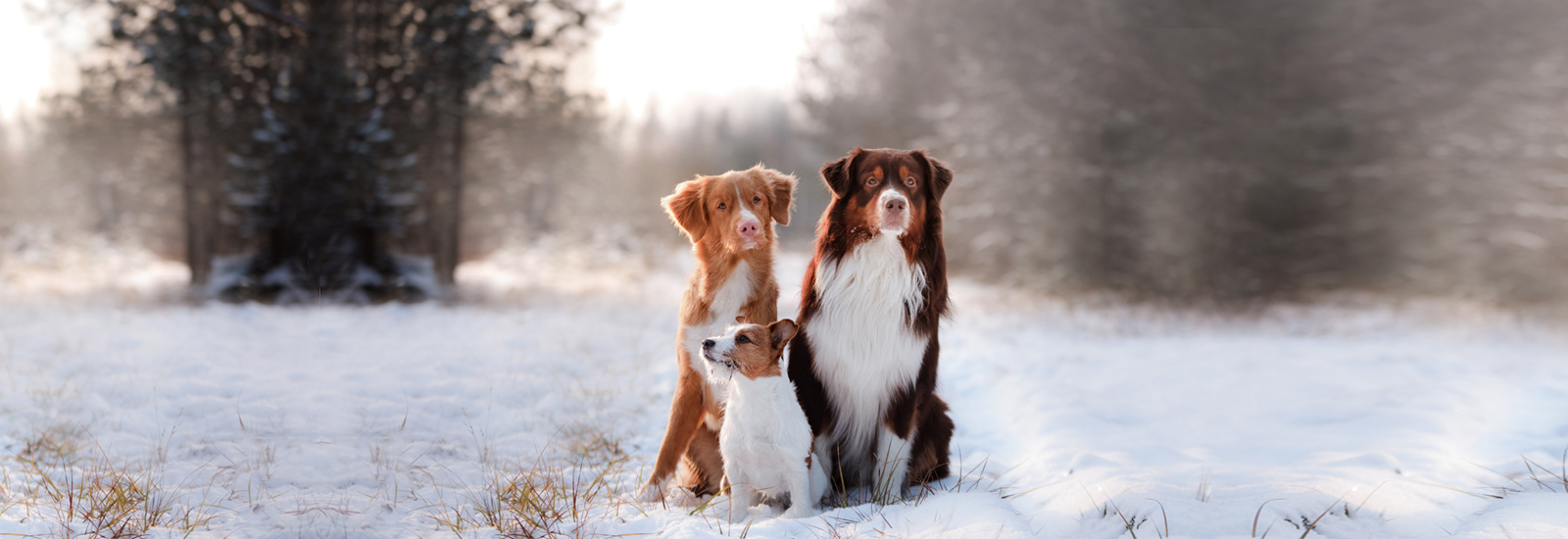In winter, the paws of our dogs are exposed to particular risks: ice, snow, de-icing salt and grit can lead to fine cracks and fissures. We will show you how you can reliably protect your dog’s paws.
Dogs love snow
Many dogs adore snow. For puppies, the snowy landscape is a new world to explore, and adult dogs already know how much fun they can have in it. Even older dogs often cannot resist the joy of running through the snow again. We can only guess what exactly the fascination for dogs is. Perhaps the snow covers up the numerous smells and makes the search all the more interesting. One typical winter scene is a dog sticking its head in the snow. And then it suddenly dashes off again like a whirlwind. However, the cold, ice and snow can leave their mark and the dog’s paws are particularly impacted.
